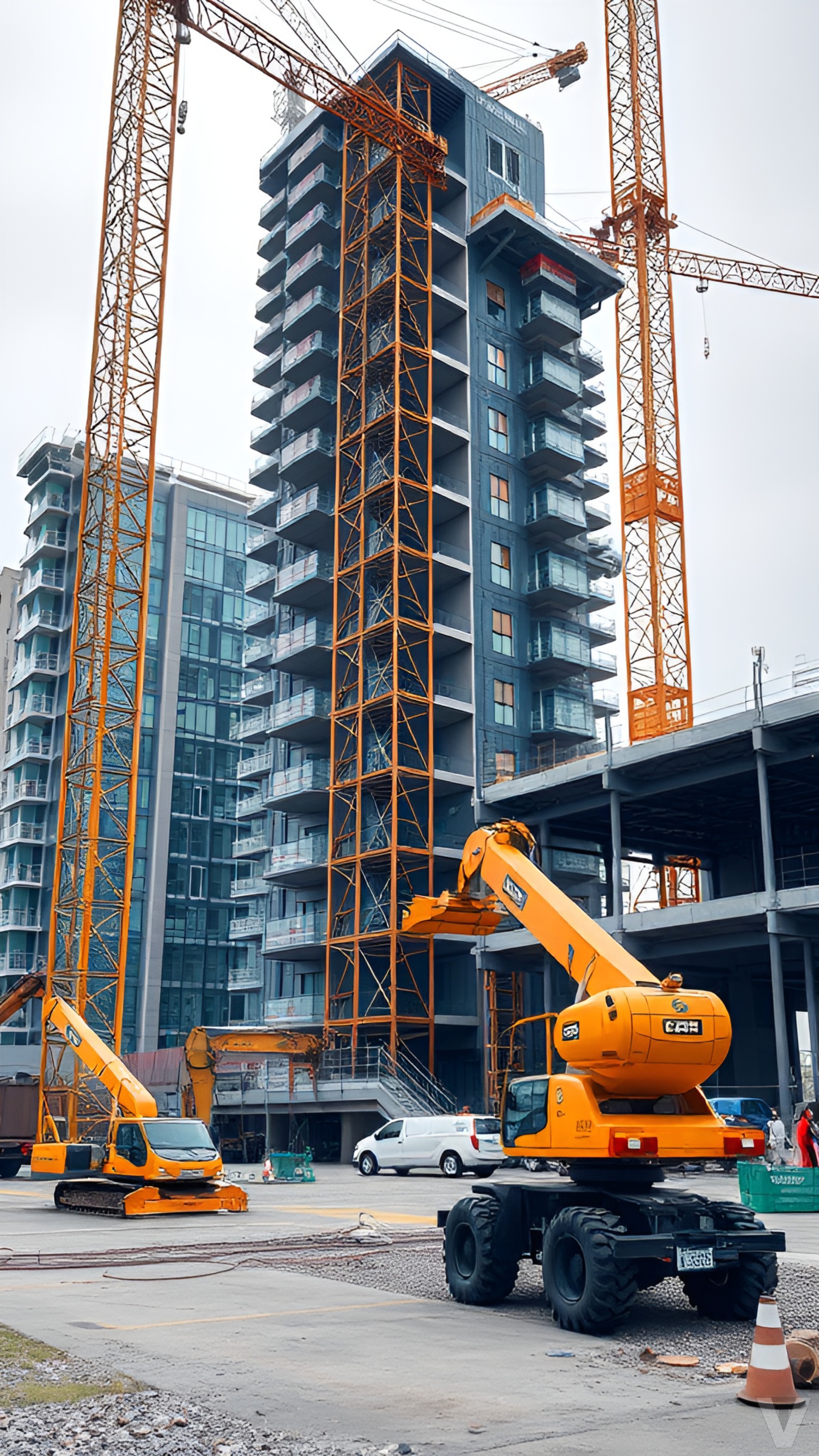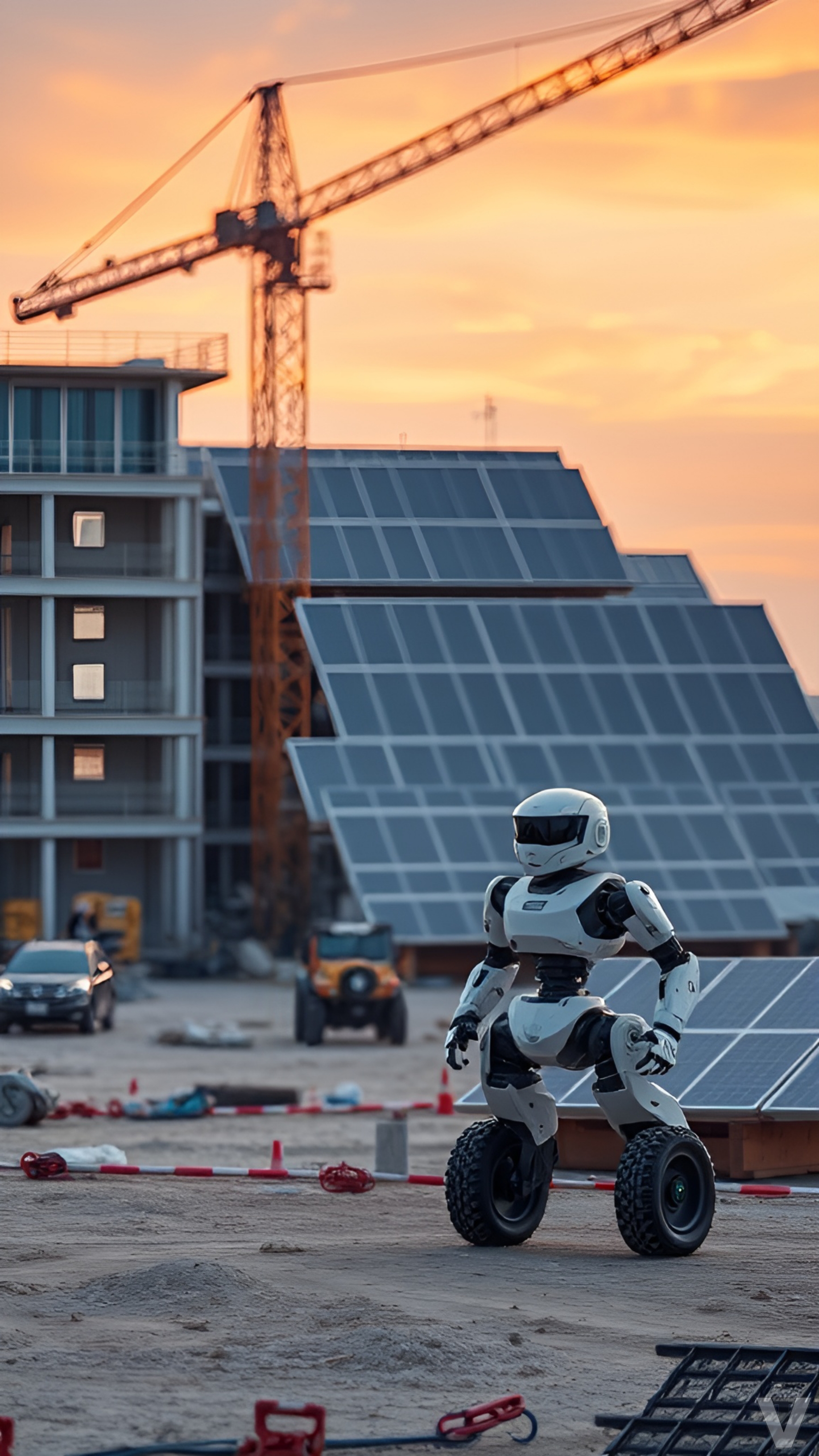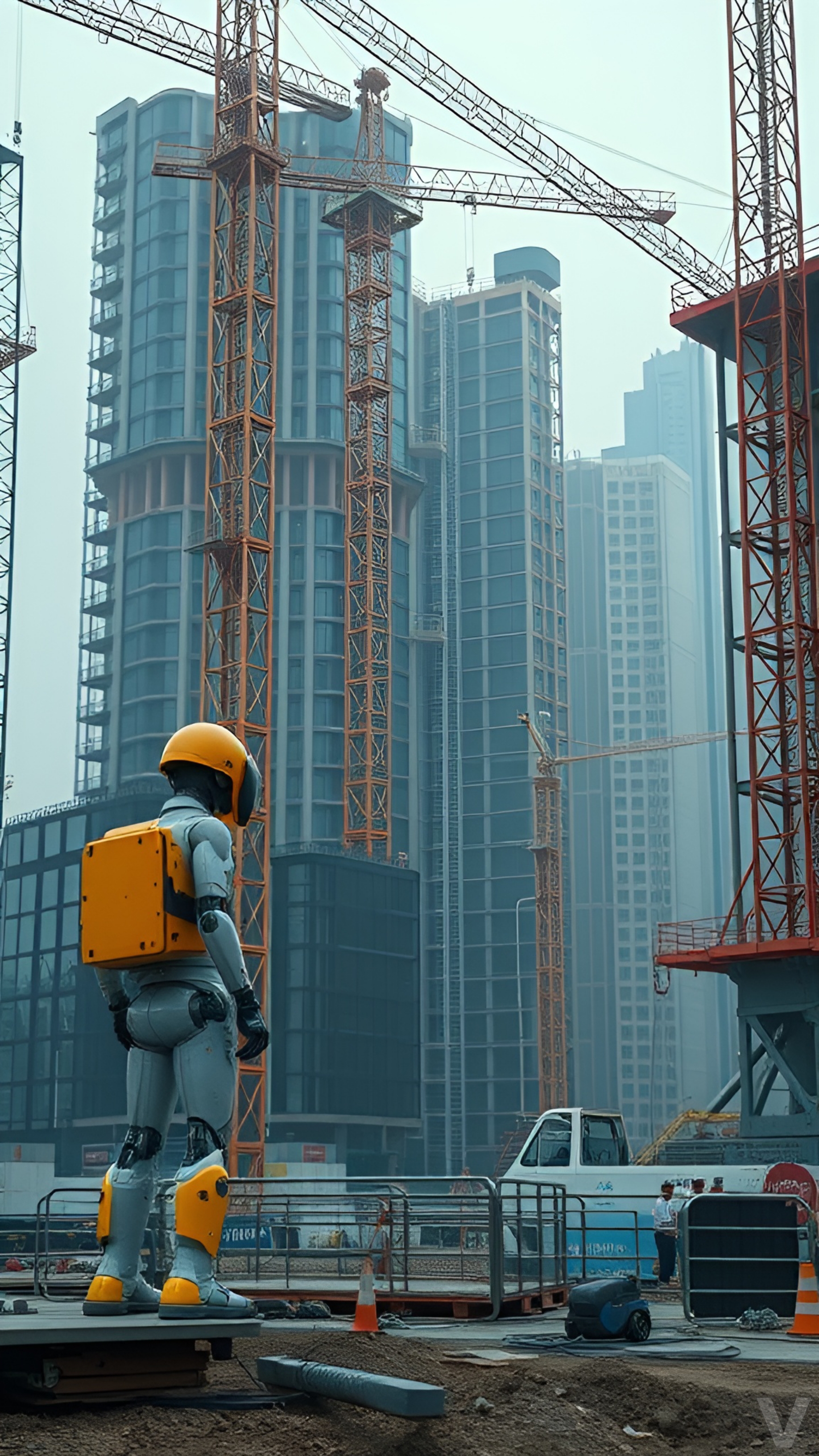|
Getting your Trinity Audio player ready...
|
It is hardly surprising that the building industry will only get bigger going forward, as it has always been a significant driver of economic expansion. The sector is even expected to develop and evolve a hundredfold by 2025, with environmental and smart technologies leading the way.
In this article, we will discuss the most recent developments affecting the construction sector and how companies are adjusting to them.

Digital Transformation in Construction
Building Information Modeling (BIM) Revolution
Building information modeling, or BIM, is currently regarded as a crucial technology by construction organizations. Gone are the days of construction with simple blueprints on paper. Through the use of a 3D digital model of a building’s functional and physical attributes, project managers and architects can now work together.
Artificial Intelligence (AI) and Machine Learning
A much-awaited development for 2025 is the use of AI and machine learning in building processes. Predictive analytics driven by AI enables construction organizations to identify potential problems before they happen, allowing them to improve deadlines, assess project risks, and even avoid delays.
Drones and Robotics
Construction in 2025 will be significantly impacted by robotics and drones more than before. Project managers may now monitor work on sites with unprecedented accuracy thanks to the real-time data and aerial views that drones provide.

Sustainability in Construction
Eco-Friendly Materials and Green Building
Particularly in the construction sector, sustainability is starting to become more of a need than a trendy idea. Businesses are under increasing pressure to reduce their carbon footprint, which has led to a rise in the use of sustainable materials like hempcrete, bamboo, and recycled steel.
Using sustainable materials in construction projects reduces their total cost impact and their pessimistic environmental repercussions. Data suggests that the adoption of green building practices leads to improvements in occupant health, waste reduction, and energy efficiency.
Energy-Efficient Technologies
Innovations in technology such as solar panels and smart grids have led to an increase in the number of energy-efficient buildings. Given the rising cost of power, these technologies are becoming more and more typical in modern structures.
Installing solar panels on buildings for homes and businesses generates clean, renewable energy. Buildings may become more energy-efficient than they were previously by monitoring and optimizing energy consumption when these technologies are combined with smart grid technology.
Modular and Prefabricated Construction
Modular construction involves assembling building parts off-site and then moving them to the construction site. Its cost, effectiveness, and shorter construction time are causing this trend to grow swiftly.
The demand for modular construction is increasing due to the growing need for prefabricated solutions for residential and commercial areas. In keeping with sustainable building practices, this technology lowers labor costs and material waste at the same time.

3D Printing in Construction
Construction has advanced significantly with 3D printing. Buildings as a whole may now be 3D printed, significantly cutting down on labor costs and construction timelines. This technique is very helpful for building infrastructure quickly or for emergency housing.
3D printing reduces waste by precisely employing the needed quantity of material. This makes it a very sustainable choice for building projects in the future, especially when paired with eco-friendly or recyclable materials.
Construction Management Software
Streamlining Operations with Integrated Software
By 2025, construction management software will be a corporate need. By enabling teams to manage resources, timetables, finances, and projects from a single platform, these technologies guarantee that projects go successfully from start to finish.
Additionally, this assists businesses in putting best practices in construction billing into effect, which reduces mistakes and enhances cash flow. These practices include automating construction invoicing, tracking spending in real time, and guaranteeing correct payment schedules.
Cloud-Based Project Management Tools
Building companies need to use cloud-based solutions in order to remain competitive. Real-time collaboration and document sharing are provided by these systems, keeping everyone informed even while working remotely or at several job sites.
Smart Buildings and IoT Integration
Modern ideas about smart buildings are gradually giving way to reality. These buildings monitor and manage everything from security to lighting using Internet of Things (IoT) sensors, which provide real-time data to enhance safety and energy efficiency.
Facilities managers may maintain efficiency by using data from IoT sensors placed throughout smart buildings, which continually monitor performance indicators like energy usage, air quality, and structural integrity.
Labor Shortages and Automation
Automation is assisting in closing the manpower gap that the construction sector has been experiencing for years. Many physically taxing and repetitive activities can be completed by robots and automated systems, freeing up human workers to concentrate on more complicated duties.
As technology becomes increasingly integrated into construction, there’s a rising need to upskill personnel. By 2025, construction training will mostly consist of courses on managing construction software, running sophisticated machines, and analyzing data. Robotics, drones, and AI-powered project management tools are now being taught to workers who were previously specialized in physical tasks.
Advanced Construction Materials
- Self-Healing Concrete
Self-healing concrete uses embedded microcapsules that, when damaged, release a healing chemical to automatically mend fissures. This material lowers maintenance costs and lengthens the life of infrastructure, especially in abrasive environments like highways and bridges.
- Graphene: Stronger and Lighter
Graphene is transforming building materials since it is lighter than aluminum and stronger than steel. It is a great option for environmentally friendly projects since it can be used to reduce material consumption and improve durability in lightweight panels and reinforced concrete.
- Aerogels for Insulation
Aerogels are growing in popularity because of their exceptional insulating qualities and remarkably low weight. For energy-efficient buildings, their insulating properties stem from their capacity to trap air.
- Transparent Aluminum
Another future material that combines the transparency of glass with the strength of metal is transparent aluminum. In contemporary architecture, it is utilized in bulletproof buildings, high-strength barriers, and cutting-edge windows.

Wrapping Up
Cutting-edge technology, environmentally friendly methods, and creative collaborations will define the building sector in 2025. Businesses that adopt these trends will prosper in an increasingly complicated and competitive market. These developments range from automation and artificial intelligence to self-healing materials and other alternatives.
To stay ahead of the curve, one must upskill workers, adopt new technologies, and use best practices in construction billing to maintain financial stability. For those willing to innovate, the construction industry has a promising future.
Bash Sarmiento, a writer and educator based in Manila, specializes in crafting concise pieces across the realms of education, lifestyle, and health. His works reflect his academic background and wealth of experience in teaching, textbook evaluation, business management, and travel.















